If you were to imagine a state capital, you would naturally imagine a bustling metropolis that is unlike any other, but not at Gangtok Hill Station.
Even though Gangtok is the capital of Sikkim, everyone is welcome here, even in the midst of the bustle, noise, and intense heat that are characteristic of the Indian subcontinent. Life here goes at a slow pace.
Take comfort in observing the clouds forming into the shapes you like, experiencing enlightenment at the numerous Buddhist prayer places that capture your interest, or simply enjoying the calm on the roads despite the small number of people commuting to work.
While travelling on picturesque paths or in a cable car, travellers may lose themselves in reverie, yet they always feel cared for. There would always be a sense of overload that was difficult to describe since, at 5,800 feet above sea level, deeper connections and meanings could be seen everywhere one looked.
Being the capital of the 22nd state in India entails certain duties and publicity, both of which have been fairly managed by the location and the administration ever since Sikkim joined the Republic of India in 1975. Due to King Thutob’s decision in 1894, Sikkim has had Gangtok as its capital, even though it is not a state but rather an autonomous nation.
The war’s closure of the roads to Tibet had an impact on the local economy, but the burgeoning hotel and tourist sectors have significantly altered that. And for good reason—Gangtok, nestled in the foothills of the lower Himalayas and flanked by the seductive River Teesta, continues to entice travellers with its abundance of natural experiences.
Top Gangtok Tourist Attractions
The hills that showcase the formidable Kanchendzonga, the third in the height competition series; the verdant expanse of the hilltops on the hill city; the monasteries with their distinct quiet, uncomplicated worshipping rituals, and vibrant prayer flags; the festivals and cultural ceremonies that are a sought-after sight of the place;
Gangtok’s Seven Sister Waterfalls
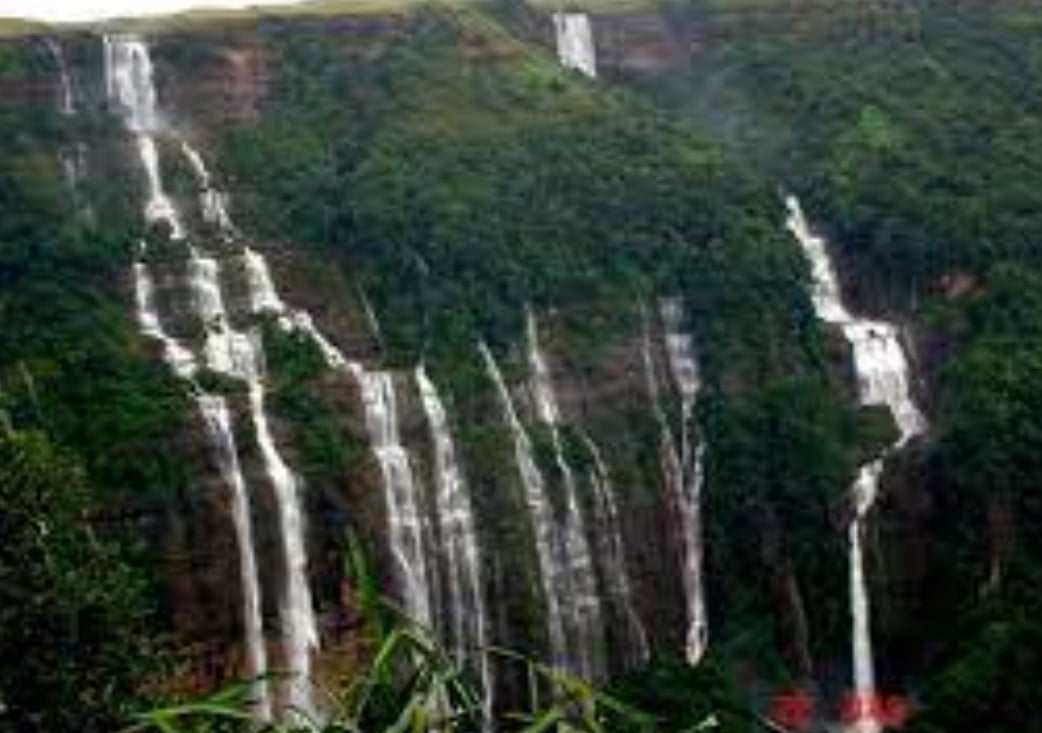
Situated around 32 miles from Gangtok on the Gangtok-Lachung Highway, Seven Sister is a well-known waterfall. As the name implies, when viewed from a distance, the seven individual waterfalls that are elegantly positioned laterally on a broad, craggy cliff appear to be separate. Once it rains, it becomes an absolute must-see location in Gangtok, as the falls spring to life with a breathtaking spectacle.
A 40-minute trip will get you to Seven Sister Waterfall. To go to this amazing place blessed with the unparalleled splendour of nature, one can get a cab.
Ideal Time to Go:
The greatest time to see the Seven Sister Waterfall is during the monsoon, which occurs from May to July, when all seven of its parts are fully visible.
Nathula Pass
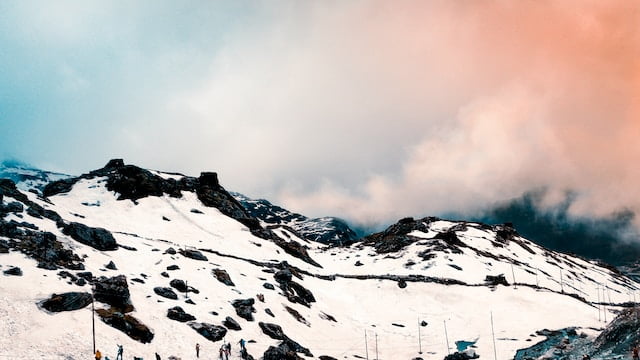
The most popular tourist destination in Sikkim is Nathu La, a high altitude pass on the ancient Silk Road that is located on the boundary between China and India. Every year, a number of tourists flock to this location to take in the breathtaking journey to the valley and the melodic waterfalls that line the route from Gangtok to Nathu la. It also provides an amazing perspective of the long, winding roads and the snow-covered mountains against a beautiful blue sky. Nathu La provides a captivating perspective of Tibet’s Chumbi Valley, which is surrounded by mountains.
Entry:
However, one must first get a Protected Area Permit (PAP), which is only available to Indian citizens, from Tourism and Civil Aviation in Gangtok. This permit may also be obtained through a few hotels and licenced travel agencies.
Permits for Nathula Pass are Rs. 200/-, while children under 4 years old are exempt.
Best Time to Visit:
May through October is the ideal time of year to visit this place throughout the summer. The view of Tsomgo Lake and the bold mountains is unobstructed by the pleasant weather. Only Indian nationals are permitted access to Nathula Pass on Wednesdays, Thursdays, Saturdays, and Sundays. with the winter, it is completely covered with snow and gets as low as -25 º Celsius.
Gangtok’s Tashi View Point
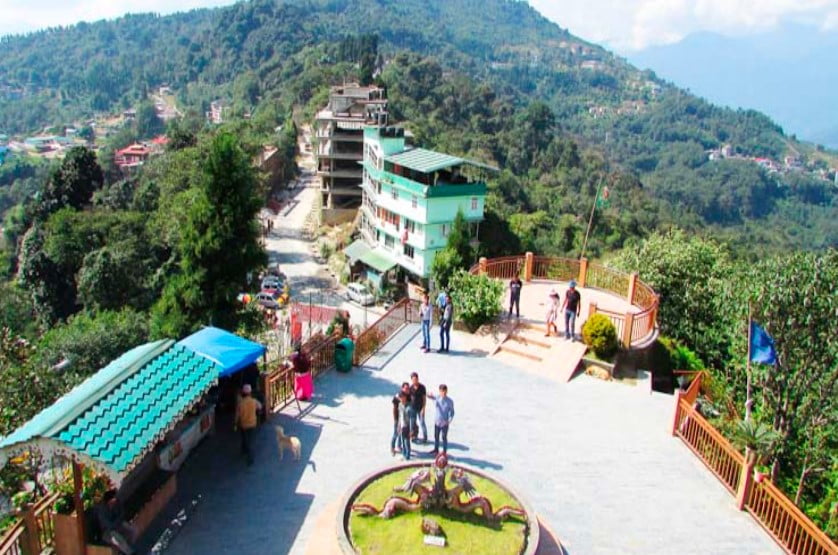
This quaint little Tashi View Point is an ideal location to take in the stunning surroundings, which include the valleys, mountains, and city of Gangtok. Situated 8 kilometres outside the town, this well-known tourist spot is mostly recognised for providing some of the greatest views at dawn and sunset. From this vantage point, one can see the sun gently setting on the Kanchenjunga and Siniolchu Peaks, which change colour, and catch a glimpse of the well-known monasteries of Gangtok, Phodong, and Labrang. Along with shopping for mementos from the stores erected here, visitors may sip cool beverages and take in the breathtaking view.
The greatest thing is that entry is free. However, using the telescope or binoculars to have a close-up look at the fascinating surroundings of Sikkim’s capital will cost you at least Rs. 10.
Ideal Time To Visit:
March through June are the ideal months to visit this site because of the beautiful, mild weather throughout this time of year.
Gangtok’s Himalayan Zoological Park
In addition to the stunning Himalayan animals, the enclosure itself exudes beauty, with towering trees along both sides of the route that goes inside the park. This zoo, which covers 230 hectares of mostly wooded area, is situated at a height of 1,780 metres and provides breathtaking views of Mount Khangchendzonga. One of the greatest locations to visit in Gangtok to see exotic animals that have been expertly preserved in their native habitats is this unusual zoo. The critically endangered Red Pandas that squirm their way up the trees in search of cover are the zoo’s main draw.
How to get there:
The Himalayan Zoological Park is around 8 kilometres from the main town; however, you can get there and back using a number of taxi options.
Ideal Time to Go:
The months of February through May and September through December are the ideal times to visit this zoo. Every day except Thursday, from 9 a.m. to 4 p.m., is park opening day.
Gangtok’s Enchey Monastery
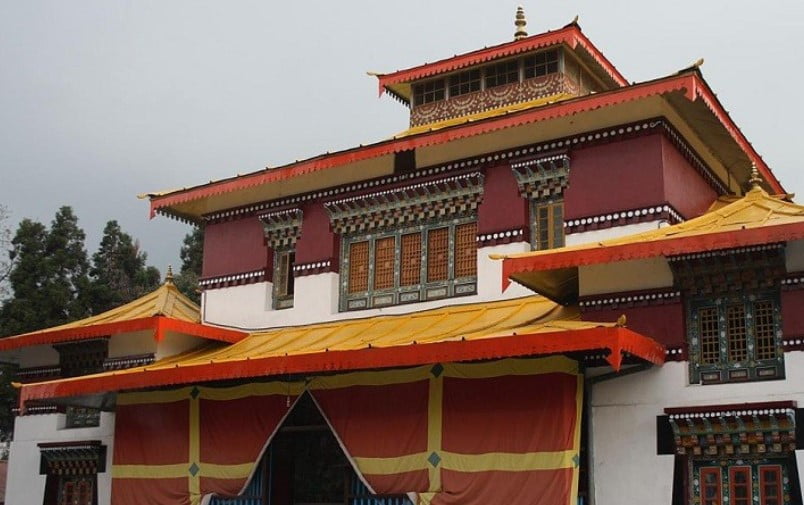
Enchey Monastery, which literally translates as “the solitary temple,” is a hallowed Buddhist pilgrimage encircled by breathtakingly beautiful natural scenery. It is a magical utopia.
Three km northeast of Gangtok is this 200-year-old monastery.
Enchey Monastery is the most visited tourist destination in Sikkim, aside from its bizarre setting, thanks to its well-known Chaam dance.
Visitors who are interested in learning more about the colourful Buddhist culture should go between September and October to see the annual “Detor Cham” Festival, which features the well-known Monks Cham Dance. Since this is a high altitude monastery, getting here during the winter months, when it rains a lot, might be challenging. The Enchey Monastery does not charge admission. It is accessible to guests every day from 9 a.m. to 6 p.m.
Gangtok’s Hanuman Tok Temple
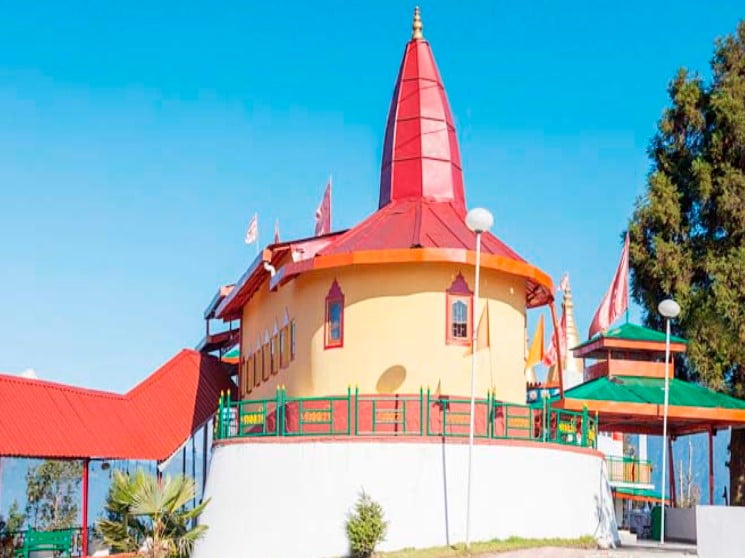
The Hindu deity Lord Hanuman is honoured at this spotless and heavenly location called Hanuman Tok, which is situated in the upper reaches of Gangtok. Devotees from all throughout the nation flood this temple complex. Sikkim’s shrine is situated 11 kilometres from Gangtok along the route leading to Nathula, another well-known tourist destination. Visiting this location will elevate your spiritual state.March through June is when this location is most enjoyable to visit.
Ganesha Tok
Situated at an approximate elevation of 1900 metres, the temple may rank among the tallest of all the Ganesh temples. Attractive and charming, the Himalayan Zoological Park is a terrific place for couples to enjoy quality time together, even if it’s a bit far away.
The Monastery and Palace of Tsuk La Khang
This two-story monastery is unique in that it is housed inside a palace and contains priceless old Buddhist texts. It used to include royal festivities, but Phang Labsol, the Loosang, and the New Year festivals now take their place.
Details of Hotels in Gangtok
Travellers may stay comfortably anywhere they want to stay in Gangtok. The lodgings are welcoming because of the hill station’s tranquillity, the natural world’s attractiveness, and people’s straightforward lifestyles. The services provided, which cover travel, accommodation, and meals, are in line with the budget that would have been allocated for such a trip. Therefore, if a visitor has not really planned how to make the most of their time in Gangtok, they may use the guide that the hotel management provides to help them choose locations that readily fit their schedule.
Sagorika, Mayfair, Sai Kripa, Keepsa Residency, Anola, Comfort Inn, Denzong Inn, Sonam Delek, Himalayan Retreat, Bamboo Grove, and many more are a few of the well-known hotels in Gangtok.
Ideal Time to Travel to Gangtok
Rainy seasons are often avoided while living on mountains because of the inconveniences they might bring. All age groups of travellers can plan a vacation to Gangtok over the remaining months.
How can I get to Gangtok?
Via Air
The quickest route to Gangtok is via the Bagdogra Airport in West Bengal. You may combine this airport service with a helicopter ride or use the road to travel the remaining 124 km to reach Gangtok.
Via Rail
Just 114 kilometres separate Jalpaiguri from Gangtok, making it an important rail hub for the area’s other hill settlements. To complete the remaining portion of the trip to Gangtok, regular bus services or vehicle or taxi rentals can be used.
Via Road
Taxis and cars might give the impression that the trip takes longer, but if you have a strong desire to get to Gangtok, you can also take different buses that travel on separate national routes. If a person prefers to go by car, both cars and taxis may accomplish the same task. Jalpaiguri continues to be the hub.
You may also like:
Panchgani Hill Station: The Ultimate Travel Guide
Lonavala: The Ultimate Travel Guide For Every Traveler
